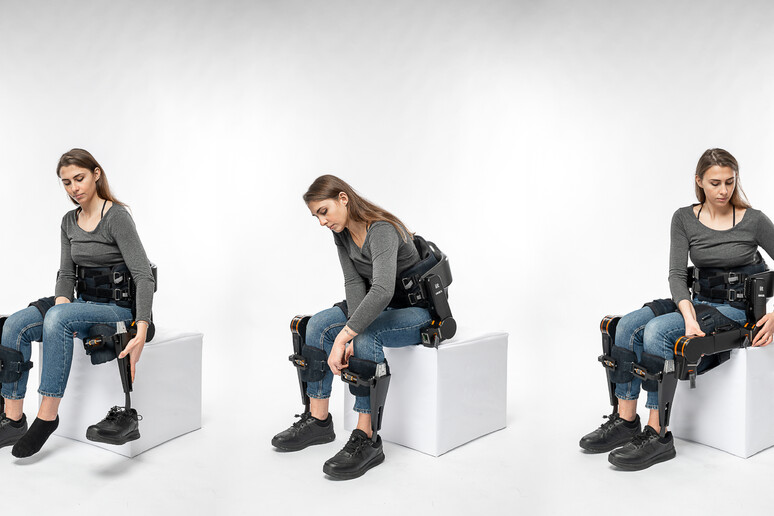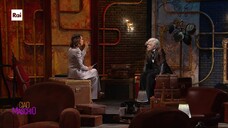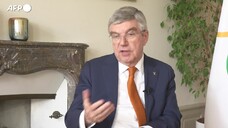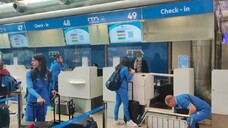Rehab Technologies Iit-Inail, the joint laboratory of the Italian Institute of Technology (IIT) and the Prosthesis Centre of the National Institute for Insurance against Accidents at Work (INAIL) in Budrio, have designed and built a wearable robot that supports lower limb recovery following a serious accident at work.
The new second-generation exoskeleton called Twin was presented by a patient at the National Museum of Science and Technology in Milan, in the presence of INAIL extraordinary commissioner Fabrizio D'Ascenzo, IIT President Gabriele Galateri di Genola, INAIL Director General Andrea Tardiola and IIT Scientific Director Giorgio Metta.
The Twin exoskeleton provides sufficient energy to enable people with reduced or absent motor skills in their lower limbs (such as in the case of complete spinal cord injury) to stand and sit, maintain an upright position and walk with the aid of crutches or a walking frame.
The motors activate the knee and hip joints with a movement that can be fully configured by medical staff in terms of stride length, stride type and walking speed.
The battery has autonomy of approximately four hours and requires one hour to recharge.
The new Twin offers better performance than its predecessor in terms of power, weight and attention to software and structural design, making it more adaptable to the characteristics of the user.
It also incorporates new features and technologies developed specifically for clinical use.
Riproduzione riservata © Copyright ANSA













